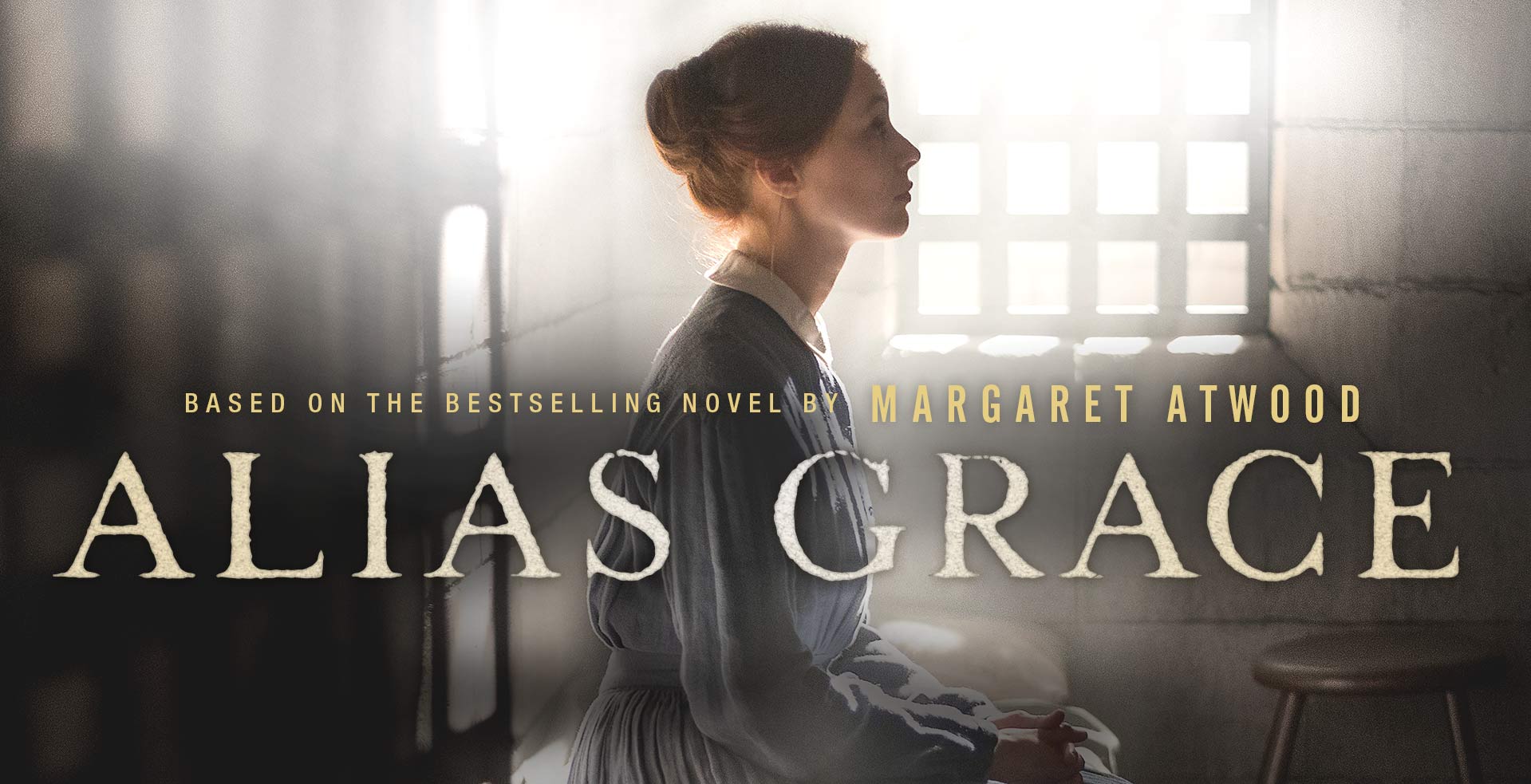WARNING: THIS POST CONTAINS SPOILERS
I have always found first-person narratives more fascinating than regulars third-person one. How can you fully believe what the first-person narrator is telling you? How reliable can he/she be, since he/she has only one side to the story and is choosing what to tell (or what to conceal from) the audience?
Those are the questions that surround Alias Grace, the new Netflix show, divided into six episodes and based on the novel by Margaret Atwood (the same author of The Handmaid’s Tale).
Margaret Atwood wrote Alias Grace in 1996 based on a true story of a girl in 1800s Canada who was arrested for the murder of her boss and his mistress, sent to an asylum, then to prison, and eventually pardoned 30 years later. Though little is known about Grace Marks’ life, Atwood was intrigued by what might have actually happened.
The show starts in 1859 when Grace Marks (Sarah Gadon) is in prison and some members of the community are trying to make the case for her release. Reverend Verringer (David Cronenberg) requests the help of Dr. Simon Jordan (Edward Holcroft), a doctor specialized in behavioral analysis (what we now call psychiatrist), since Grace has claimed she has no recollection of what happened the day of the murders.
They meet on a daily basis and Grace starts to tell her story from the beginning. The audience, however, hears her voice in two different types of narration: one where she is telling the doctor her story and a second one, where she appears to be reading a letter to him aloud from a different time period, which remains uncertain until the last episode.
Dr. Jordan is captivated by her and his interest in her story starts to affect his personal life. She does tell it in a very convincing and compelling way, giving out pieces of information that slowly come together, just like the quilt she sews during these meetings (and the camera makes sure to show the audience in close-up her work with the threads and needles).
The audience, as Dr. Jordan, is often confused too by what she says, but one can’t help but feel sorry for everything she has endured in her life: her father was an abusive alcoholic, and basically everyone has treated her poorly everywhere she went, including abuses in the asylum and in prison. The only person who was actually her friend was Mary Whitney (Rebecca Liddiard), whose identity she uses when she runs away.
During the many flashbacks, the audience keeps wondering which version of the story is the true one, and that question will most likely remain until after the show is over. Finding out if she really did it, however, is strangely not the most important part of this story.
We may never know it for a fact and what makes Alias Grace so compelling and intriguing and the journey the main character goes through and how she develops from a naive young girl to a mysterious woman right before our eyes.
The writing of each character is also extremely rich, proving once again that Margaret Atwood knows how to create a world that grasps our attention. Similarly to The Handmaid’s Tale, women characters suffer from abuses from more powerful men and have no visible way out of that situation, so just go on with their lives trying to cope with that.
The Handmaid’s Tale is more powerful and disturbing because it talks about a dystopian future. Alias Grace, however, is more interesting and intriguing mainly because of Grace Marks and the mystery that surrounds her. Whichever one you decide to watch, and I would strongly suggest watching both, one thing is clear: Margaret Atwood is definitely a great voice for women’s issues.




